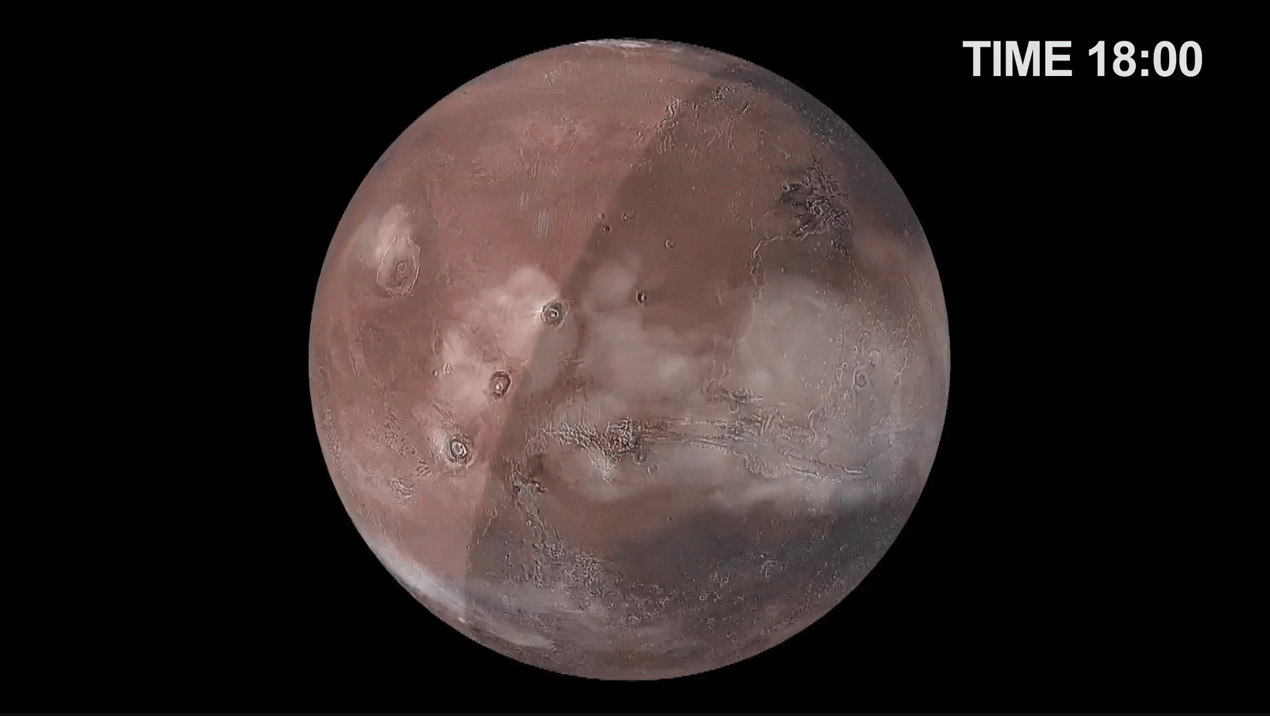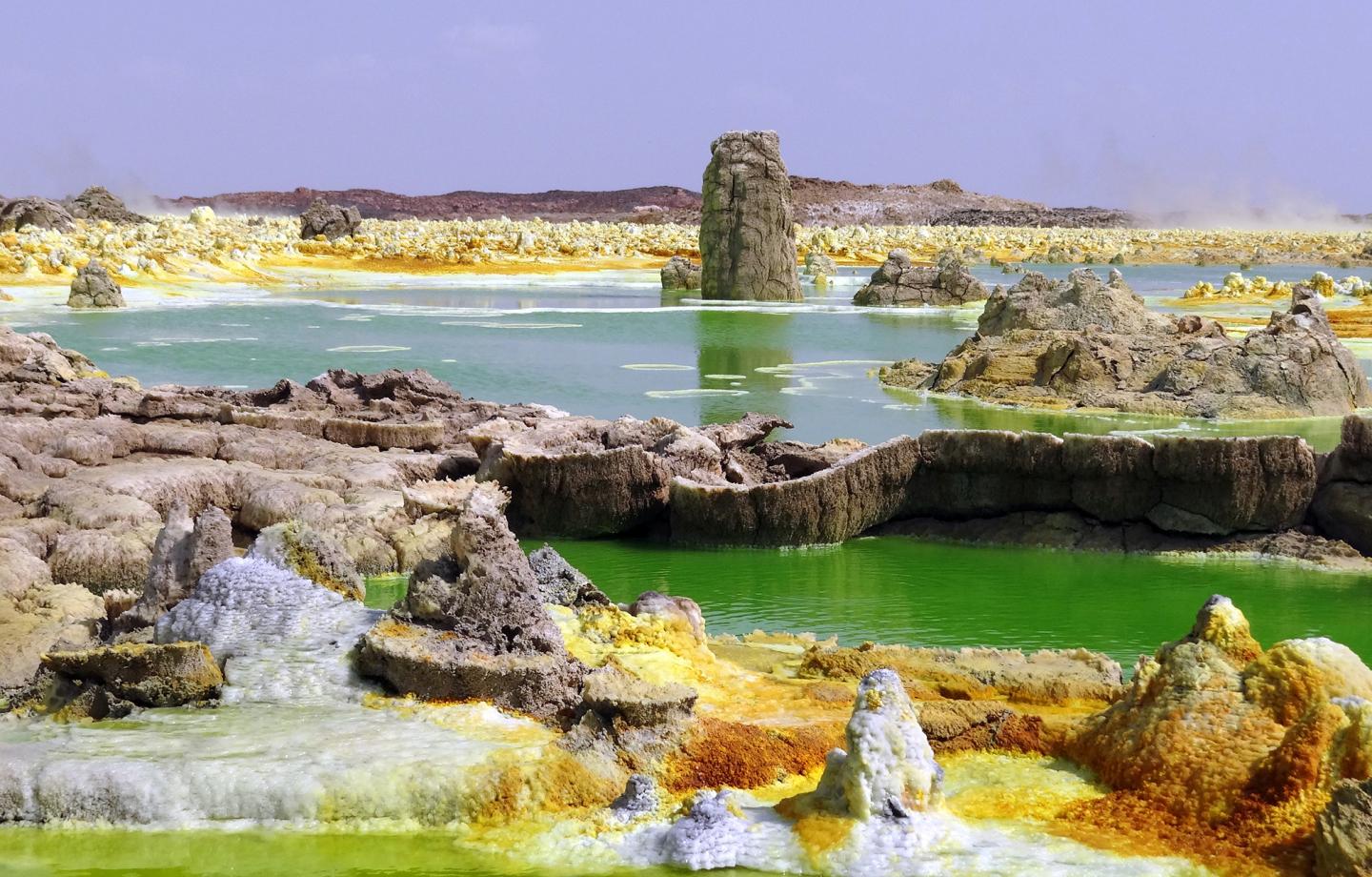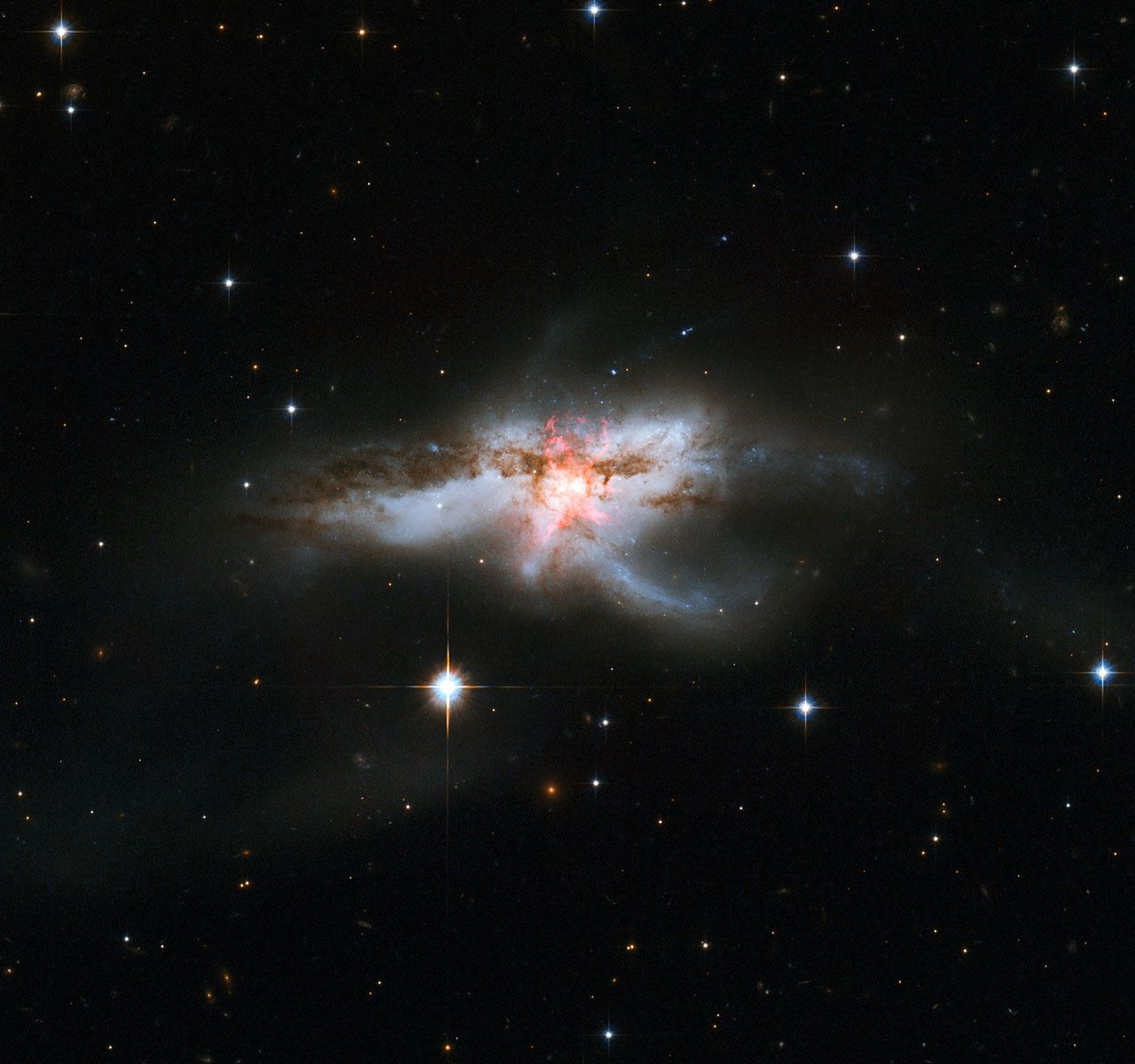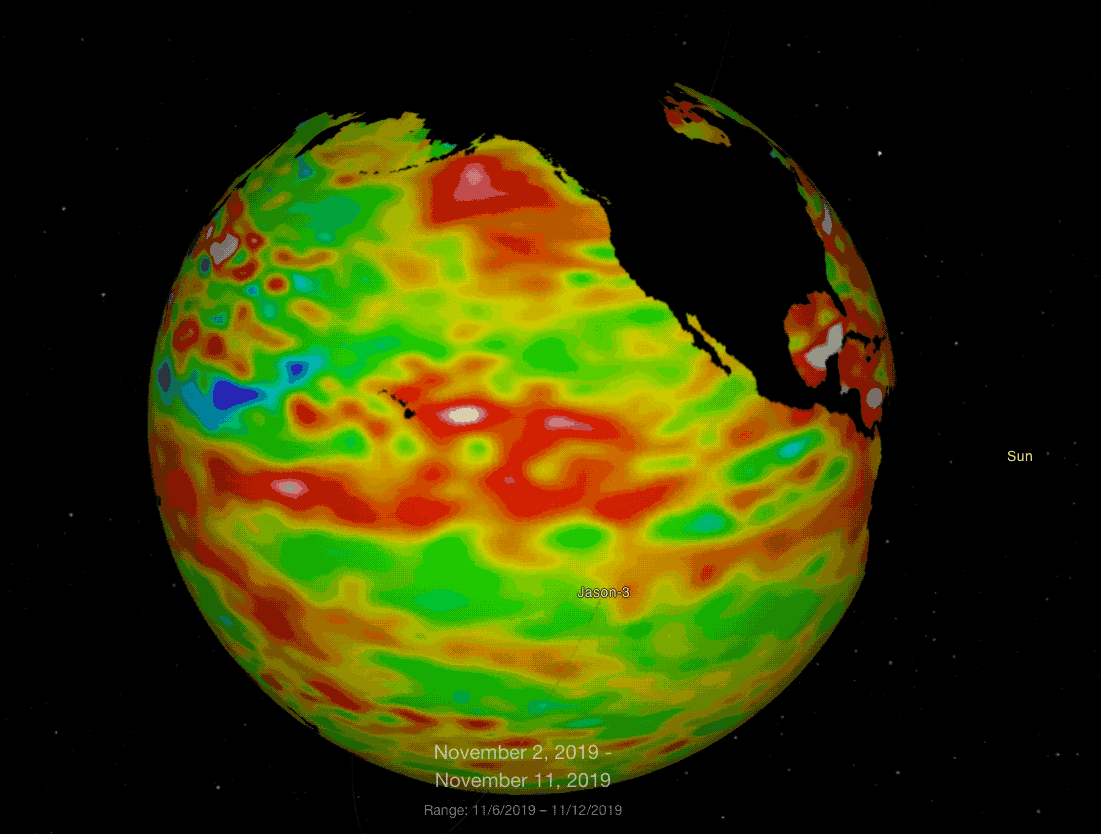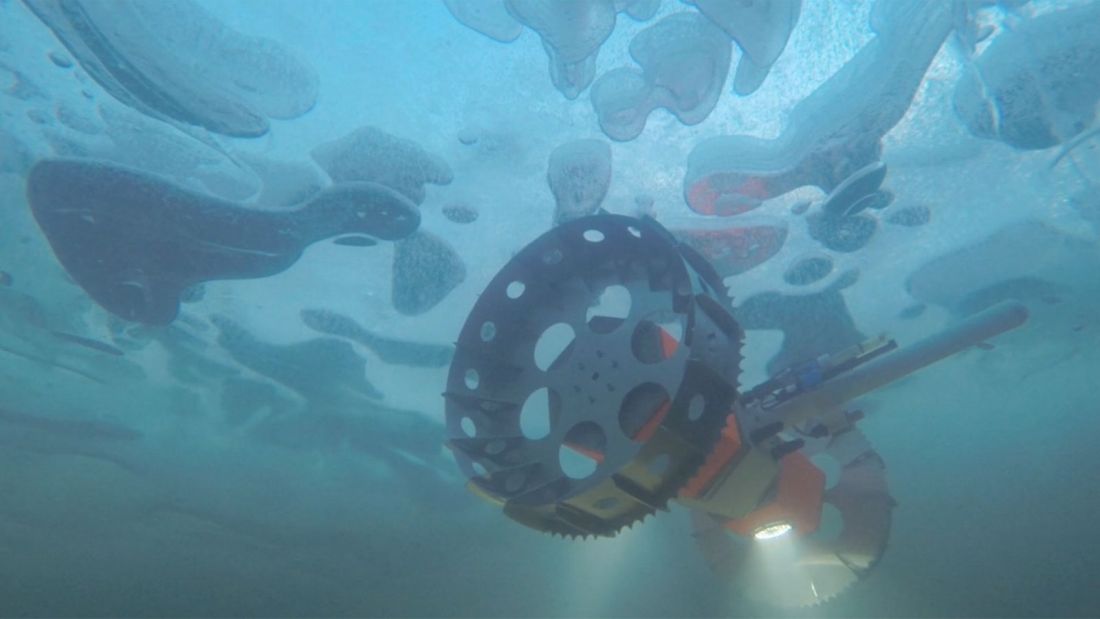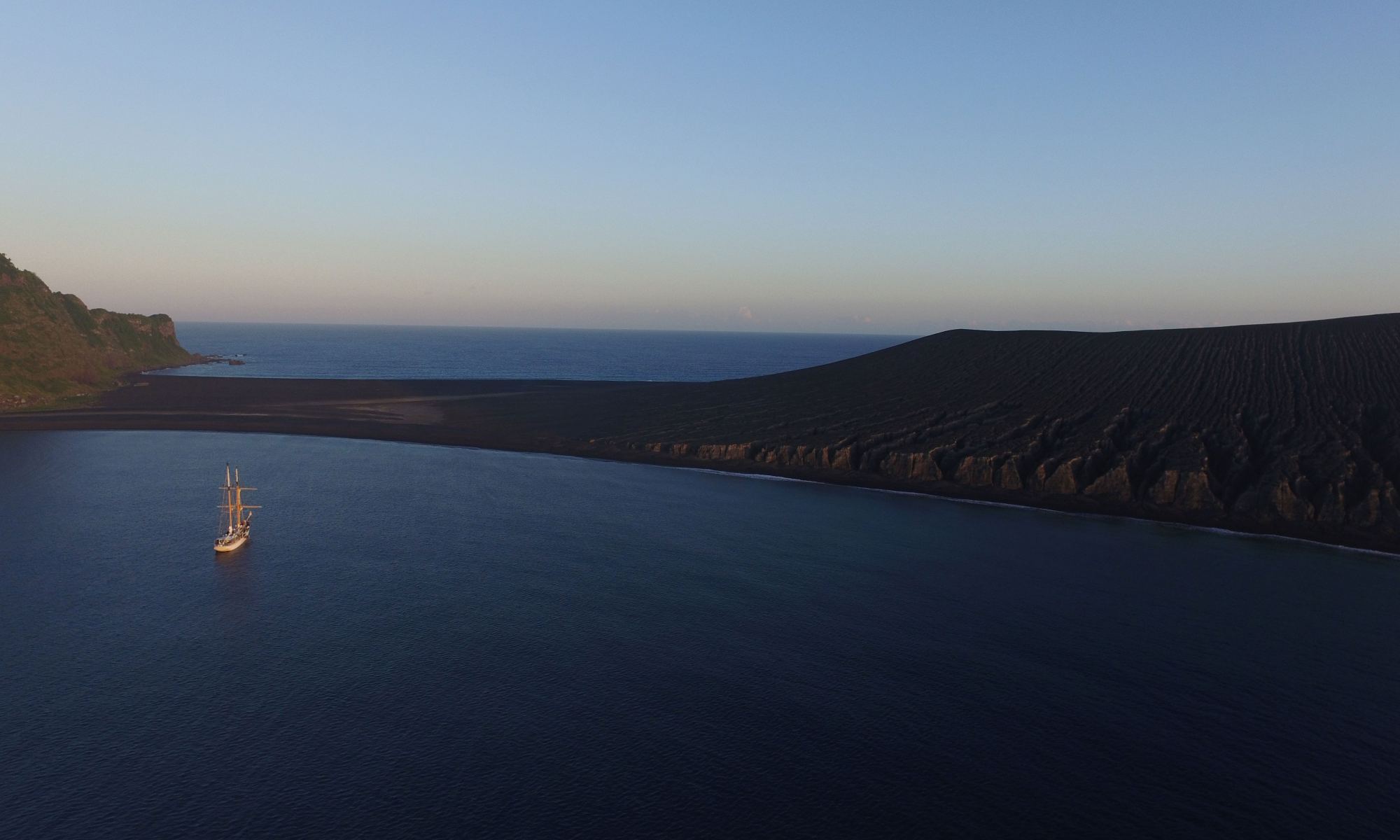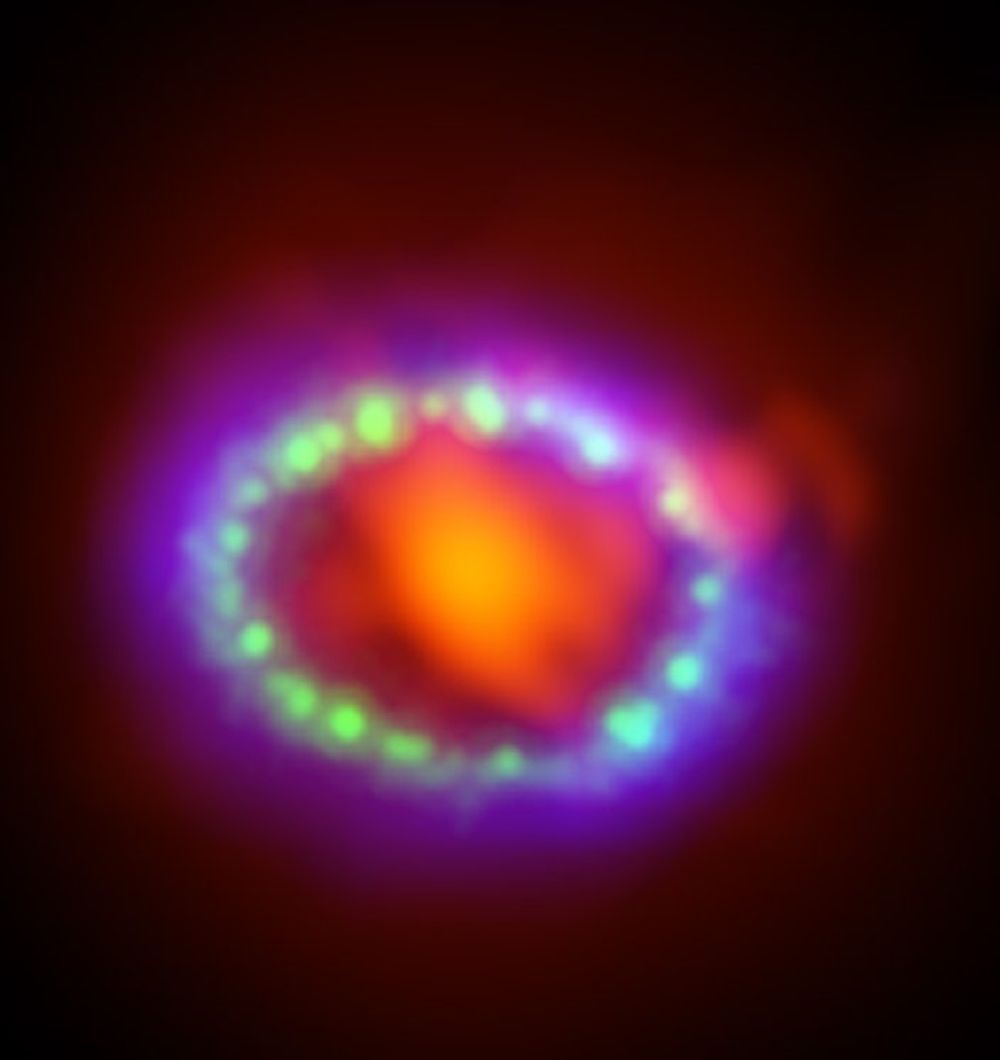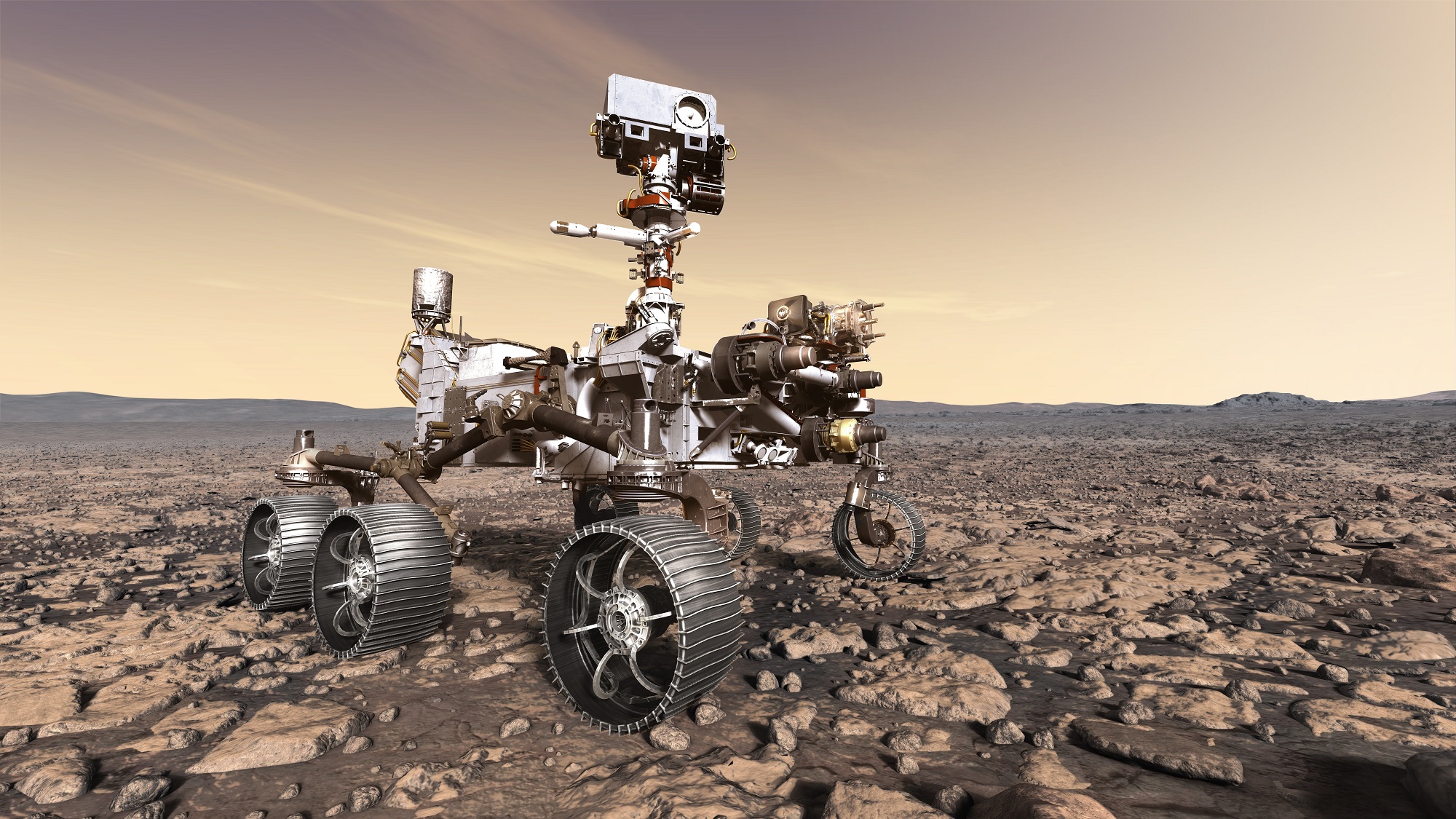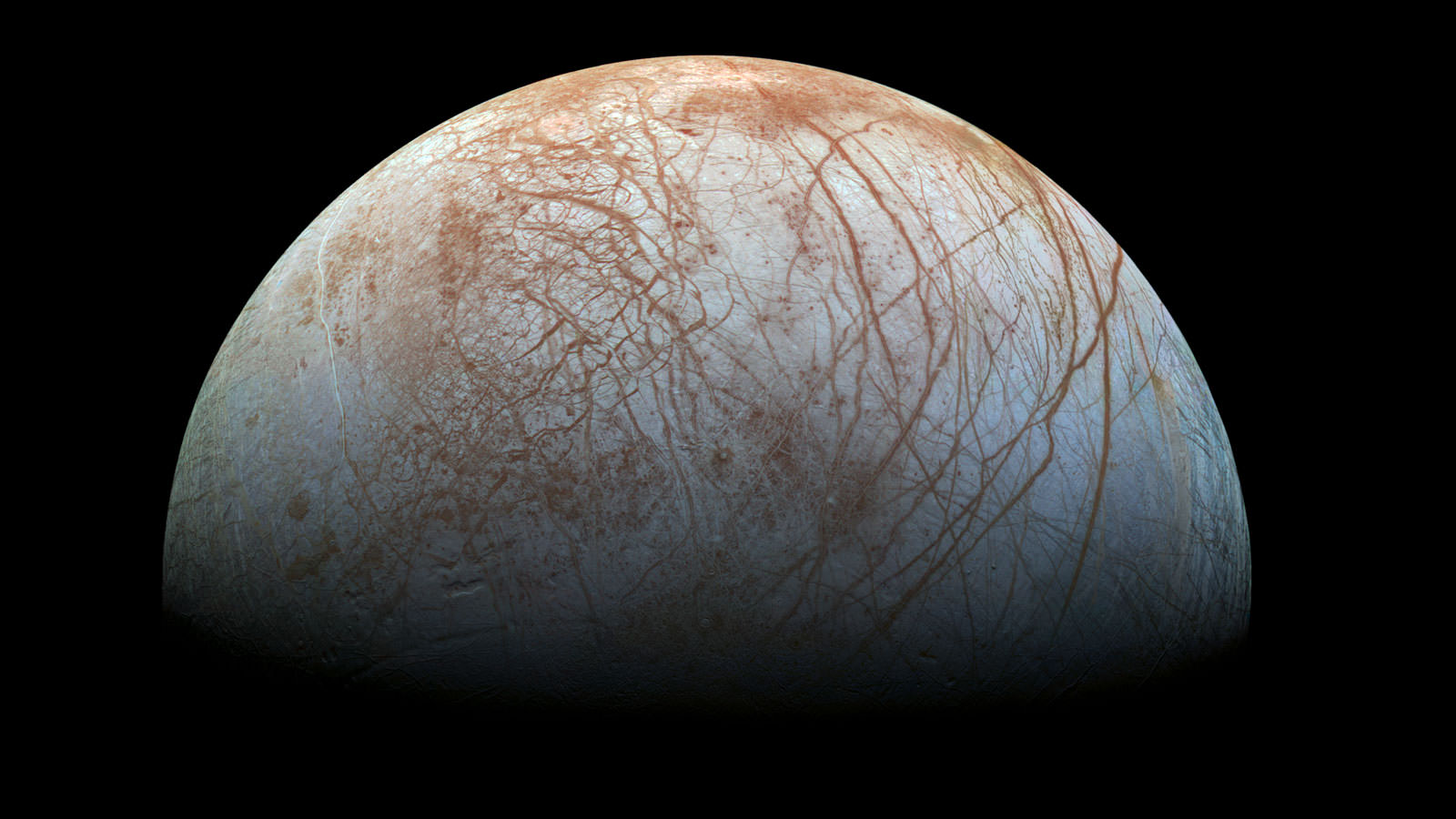NASA’s Mars 2020 Rover is heading to Mars soon to look for fossils. The ESA/Roscosmos ExoMars rover is heading to Mars in the same time-frame to carry out its own investigations into Martian habitability. To meet their mission objectives, the scientists working the missions will need to look at a lot of rocks and uncover and understand the clues those rocks hold.
To help those scientists prepare for the daunting task of analyzing and understanding Martian rocks from 160 million km (100 million miles) away, they’ve gone on a field trip to Australia to study stromatolites.
Continue reading “Scientists Search for Ancient Fossils in Australia, Practicing the Techniques They’ll Use on Mars”
